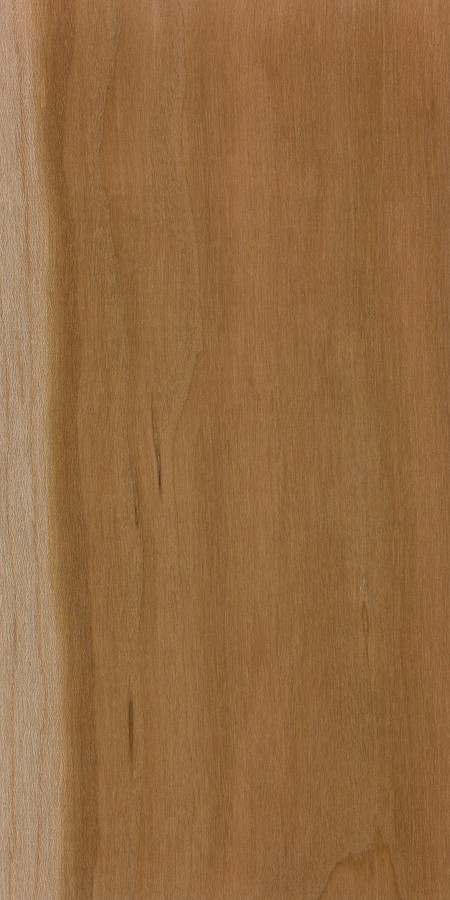Black cherry develops a rich reddish-brown patina as it ages that’s frequently imitated with wood stains on other hardwoods such as yellow poplar (Liriodendron tulipifera). This aging process can be accelerated by exposing the wood (in a judicious manner) to direct sunlight.
Not to be confused with sweet cherry (Prunus avium), a tree native to Europe and Asia that’s the primary source of edible cherries. While the fruit of black cherry is technically edible, the tree is utilized much more for its lumber, while P. avium provides the iconic and ubiquitous fruit.
Wood Info from Copyright © 2008–2022 Eric Meier. https://www.wood-database.com




